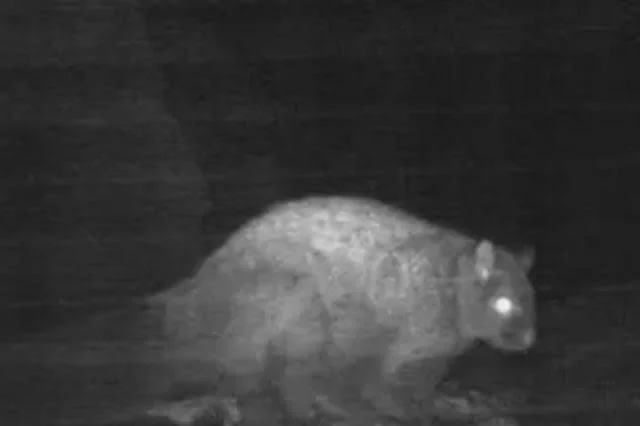
Woolly Flying Squirrel Rediscovered: A Milestone In Conservation
Once thought to be extinct, the Woolly Flying Squirrel (Eupetaurus cinereus) was miraculously spotted on the rocky cliffs of Himachal Pradesh, a state in northern India. This astounding discovery has sparked a renewed interest in the conservation of elusive species and the fragile ecosystems they inhabit.
Thanks to the diligent research efforts carried out by the Himachal Pradesh Forest Department (HPFD), particularly in the Miyar Valley, the Woolly Flying Squirrel was unexpectedly captured by one of the many camera traps set up for a different initiative aimed at assessing the local snow leopard population. The significance of this moment cannot be overstated. "It's a significant milestone in conservation efforts," stated a spokesman from the HPFD.

The Woolly Flying Squirrel is a species that remained unseen for a staggering 70 years until it was rediscovered in the early 1990s. Since then, sightings have been incredibly rare, making this recent discovery even more momentous. As Mathrubhumi reported, "with fragile habitats like these under increasing pressure, the importance of protecting such unique ecosystems has never been clearer." This rediscovery not only excites conservationists but also highlights the urgent need to safeguard habitats that support rare species.
The HPFD's recent efforts to monitor local wildlife, including this rare sighting, underscore the essential role conservation plays in both preserving nature and promoting the welfare of local communities. These conservation initiatives—such as using trail cameras—provide vital insights into the health of endangered species and evaluate the success of rehabilitation efforts.
Furthermore, protecting these mountain ecosystems is crucial for maintaining clean water supplies, reducing the risk of landslides, and fostering sustainable livelihoods through ecotourism and research opportunities. By managing our environment wisely and ensuring species survival, we contribute to human well-being and stabilize our food supply. Hence, conservation not only preserves ecosystems but promotes a safer, more secure future for local communities.
As we reflect on the rediscovery of the Woolly Flying Squirrel, it prompts us to think about our role in protecting the natural world. What steps can we take to aid in conservation efforts? Join us in the conversation—let us know your thoughts on how we can contribute to preserving our planet's rich biodiversity.